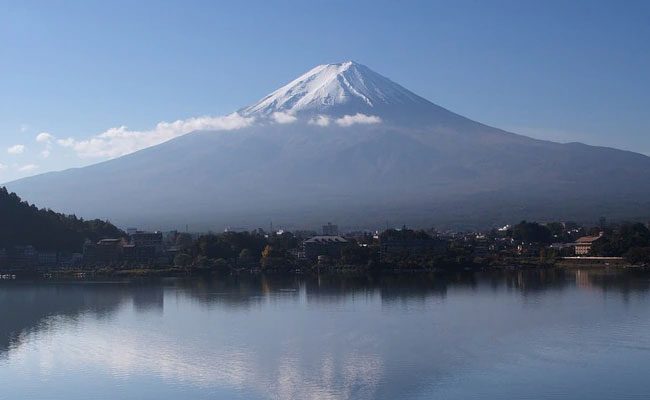Microplastic Particles in Clouds May Impact Climate and Human Health.
Japanese researchers have discovered for the first time that microplastic particles also exist in clouds. The team will continue to conduct deeper research into the details as these microplastic particles in clouds may influence climate and pose risks to human health.

Researchers find microplastics in clouds at the peak and base of Mount Fuji – (Photo: Nikkei).
This type of particle raises concerns regarding its impact on the marine ecosystem. It is believed that microplastics are introduced into the atmosphere when seawater condenses into clouds.
The research team, led by Professor Hiroshi Okochi of Waseda University, examined 44 water samples taken from clouds at the peak and base of Mount Fuji, as well as from Mount Tanzawa-Oyama, located west of Yokohama in Kanagawa Prefecture.
Upon analyzing the samples, the team found a total of 70 microplastic particles, which can be categorized into 9 types. The particles measured between 7.1 – 94.6 micrometers, with an average concentration ranging from 6.7 – 13.9 particles per liter.
So far, little is known about the effects these particles may have, but they could include impacts on climate.
Accordingly, microplastics could act as some type of “seeds” that cause surrounding cloud droplets to condense into raindrops, thereby increasing the amount of cloud outflow and overall precipitation.
Researchers noted that microplastics in clouds that fall to the ground as rainwater could subsequently enter the human body through agricultural products and livestock, negatively affecting human health.




















































